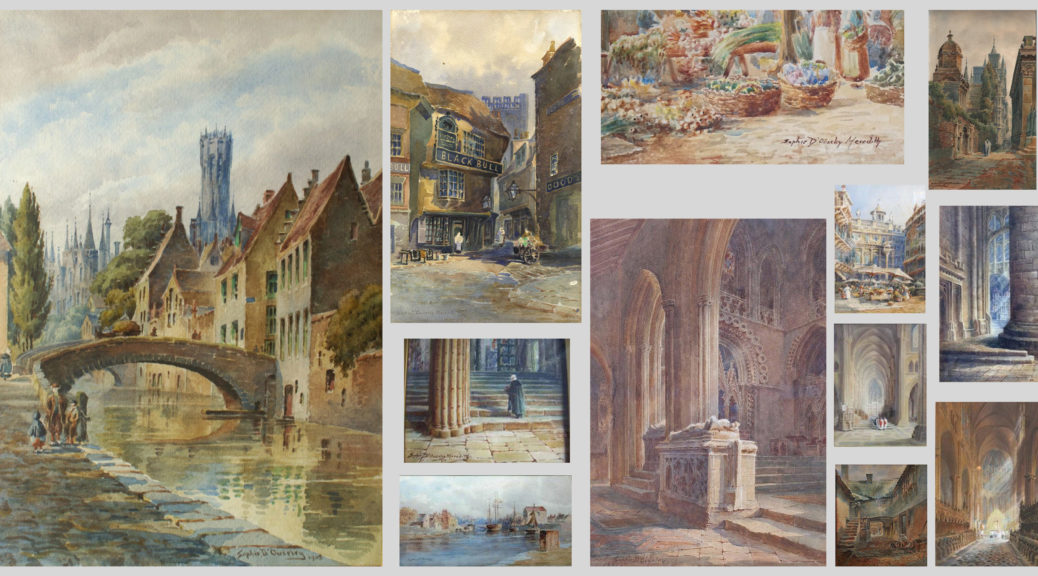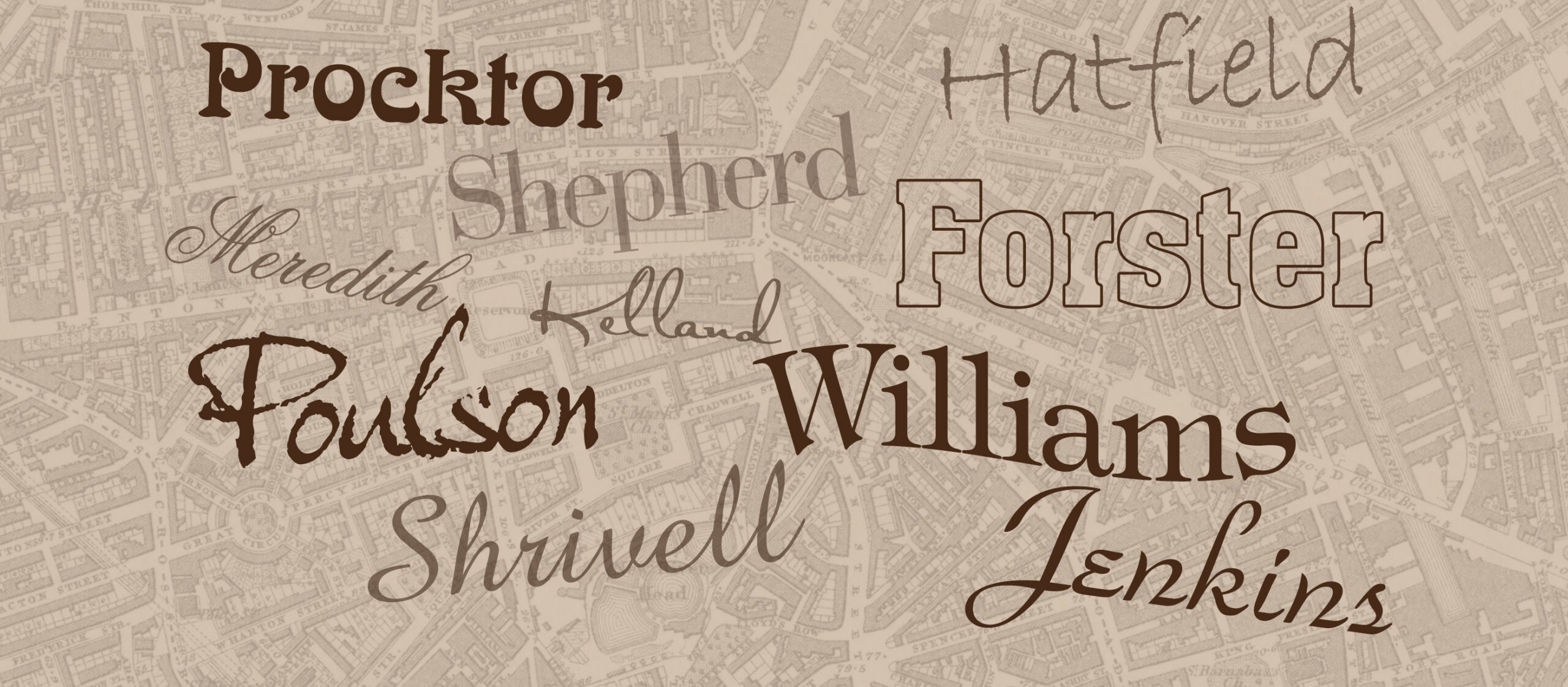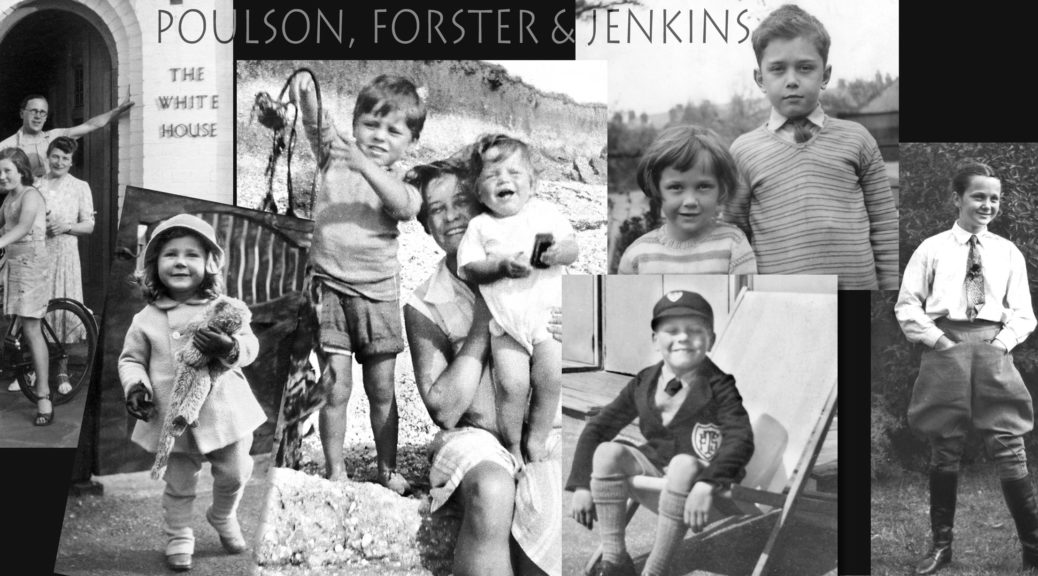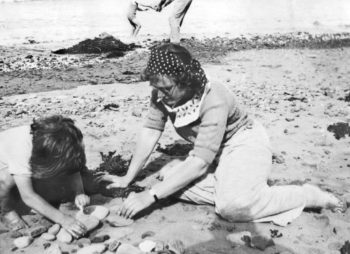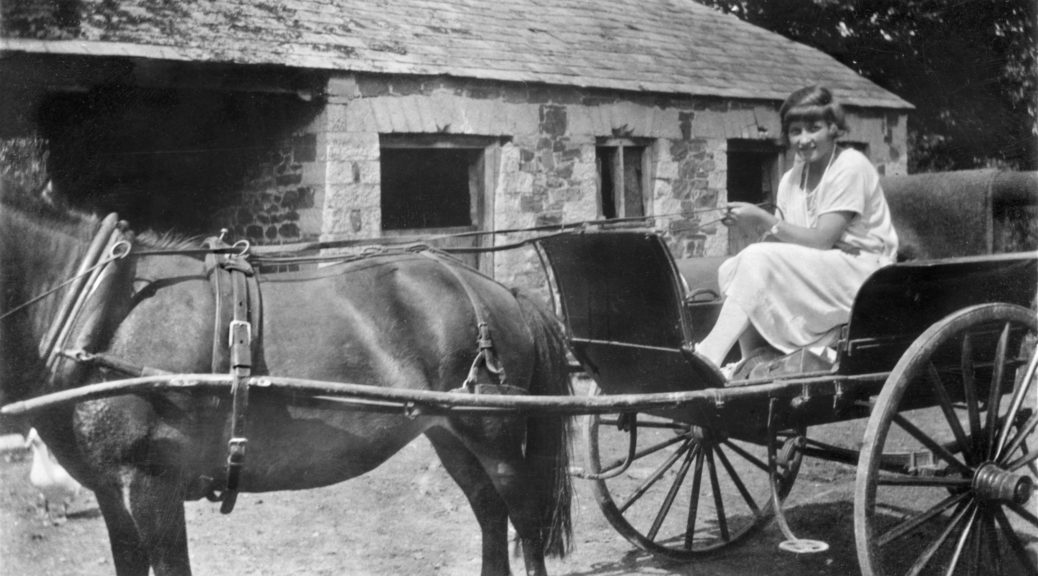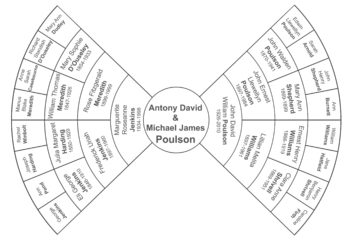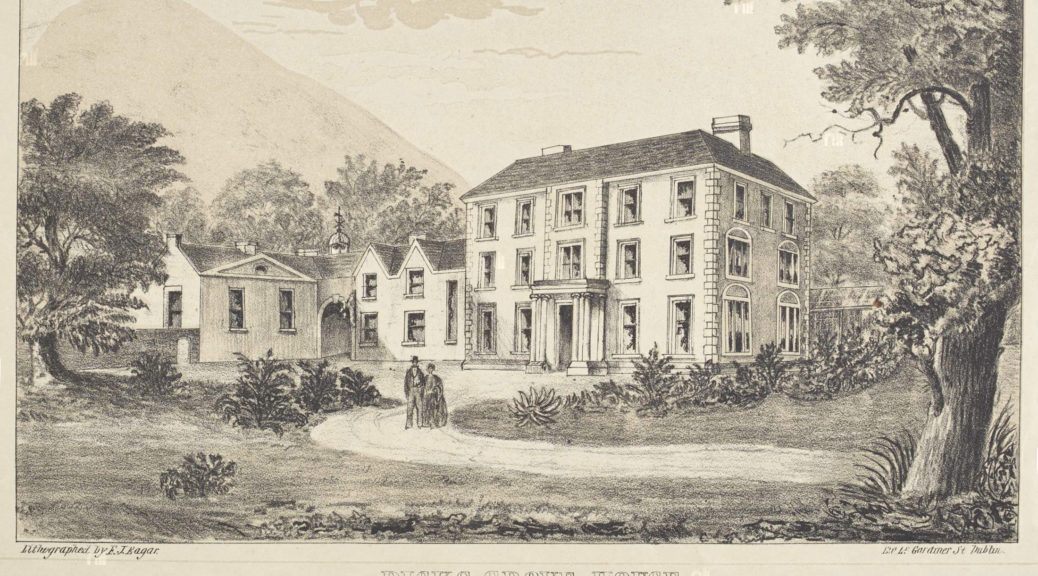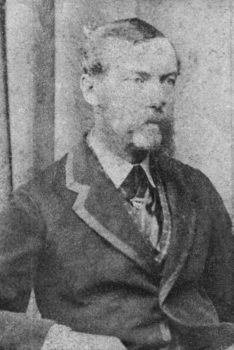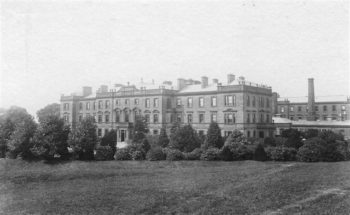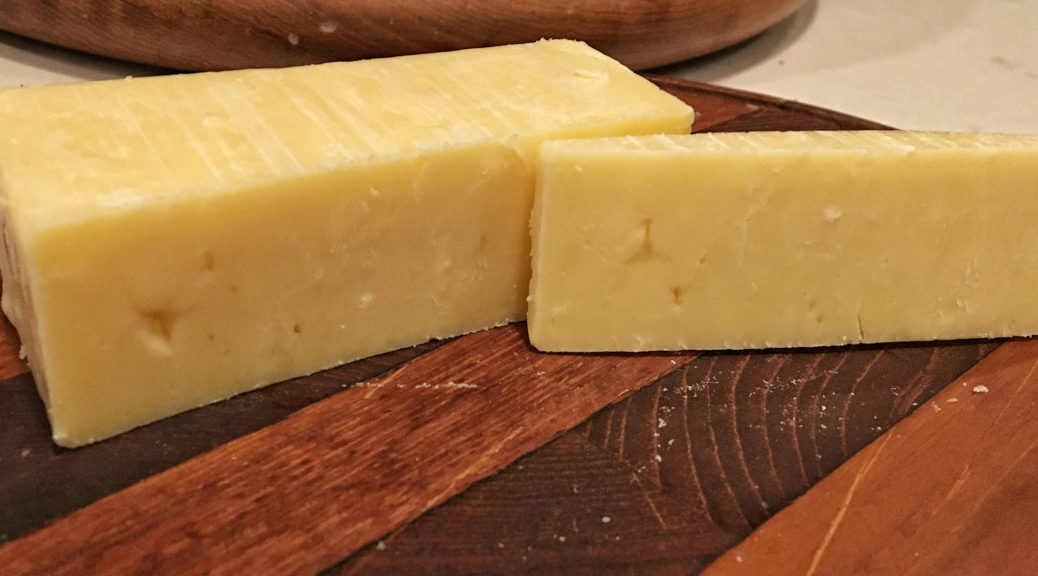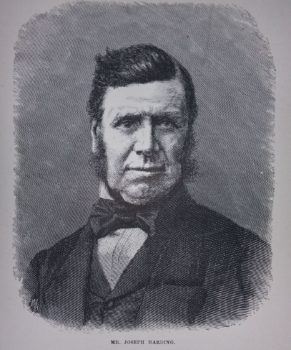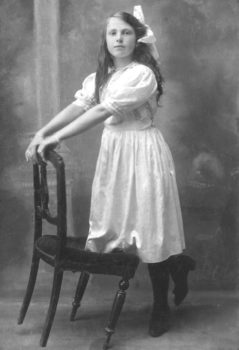
My stepmother Margo’s grandmother, Mary Sophie D’Ouseley, made a name for herself as a watercolor painter (a small selection of works is above) in the late 1800s. I remember Margo’s mother, Rose, had a few of her mother’s paintings when we were kids – she lived with us for a few years in the 1960s when we were “between parents”. I had no idea about D’Ouseley family history – if Rose knew, she didn’t say, and of course we never asked at the time. Mary Sophie’s father, Richard Standish D’Ouseley, had died in 1886, long before Rose was born, and Mary D’Ouseley died when Rose was 2, so she never knew her mother’s parents. Mr. & Mrs. D’Ouseley didn’t live together for a substantial part of their marriage so there’d have been no big family Christmas gatherings anyway. Fortunately, newspaper archives and online records help to sketch out parts of the D’Ouseley family’s story.
Continue reading Richard Standish D’Ouseley’s complicated life
